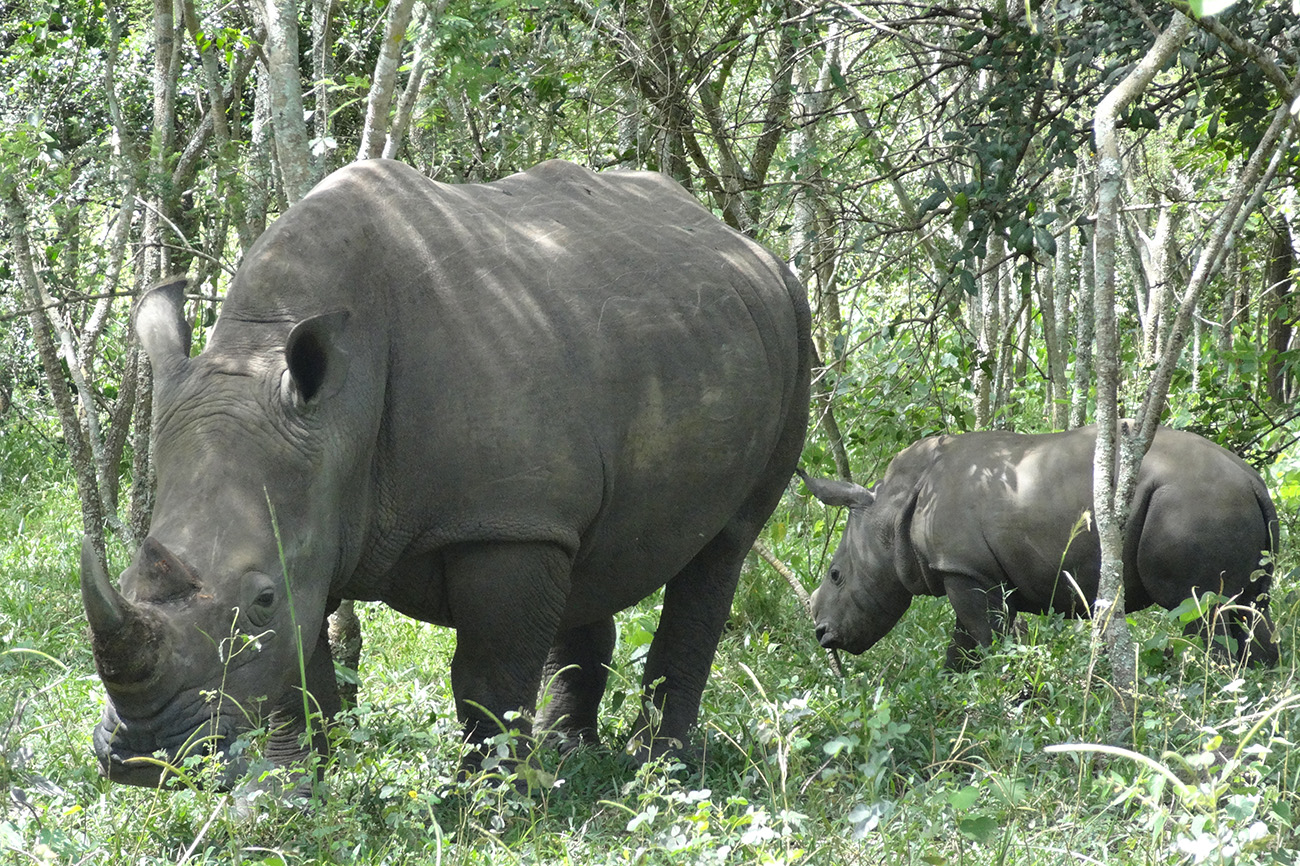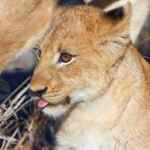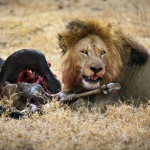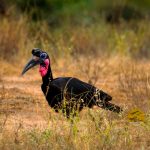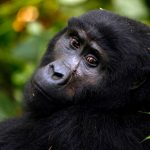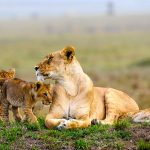The Rhino Gestation Period: Nature’s Long-Awaited Miracle.
The Gestation Period of a Rhino; Rhinos are magnificent, powerful beasts with a captivating standing within the animal kingdom, not only for their amazing size and strength, but their very long journey to motherhood. The gestation period for a rhinoceros is among the longest of any land animal, running 15 to 18 months depending on the species. In this time, these vulnerable giants undergo unique changes that contribute greatly to changes in health, behavior, and ultimately conservation.
Rhino Pregnancy: How It Differs Among Species
There are several species of rhinos that include the White, Black, Indian, Javan, and Sumatran. While all rhinos have extremely long pregnancies, a few variations in gestation period do occur:
- White Rhino: Around 16-18 months
- Black Rhino: Around 15-16 months
- Indian Rhino: Around 15-16 months
- Javan and Sumatran Rhinos: Around 15-16 months
These long periods are a result of their evolution in balancing their enormous body size with rather limited reproductive cycles. Given the fact that fewer calves are born throughout the lifetime of a rhino compared to many other animals, each birth counts much for maintaining the species, especially when speaking of critically endangered species such as Javan and Sumatran rhinos.
The Long Wait: Why Such a Long Gestation?
The reasons rhinos have such a long gestation period include the size and complication of the calf that they carry. A rhino calf at birth weighs between 40 to 65 kgs, which is around 88 to 143 pounds. This definitely requires a pretty developed set of organs, muscles, and bones. This extended period of gestation enables the calf to be born with the resilience and strength to adapt to the wild as quickly as possible-a necessity in most of their predator-filled habitats.
In addition, longer pregnancy provides more comprehensive development of instincts on the fundamental actions in life. This instinct is necessary; this is because the young calves like to spend much time with their mother, which is three years. This is essential in learning some of the crucial survival issues, such as finding food, avoiding predators, as well as establishing social relationship in rhino societies.
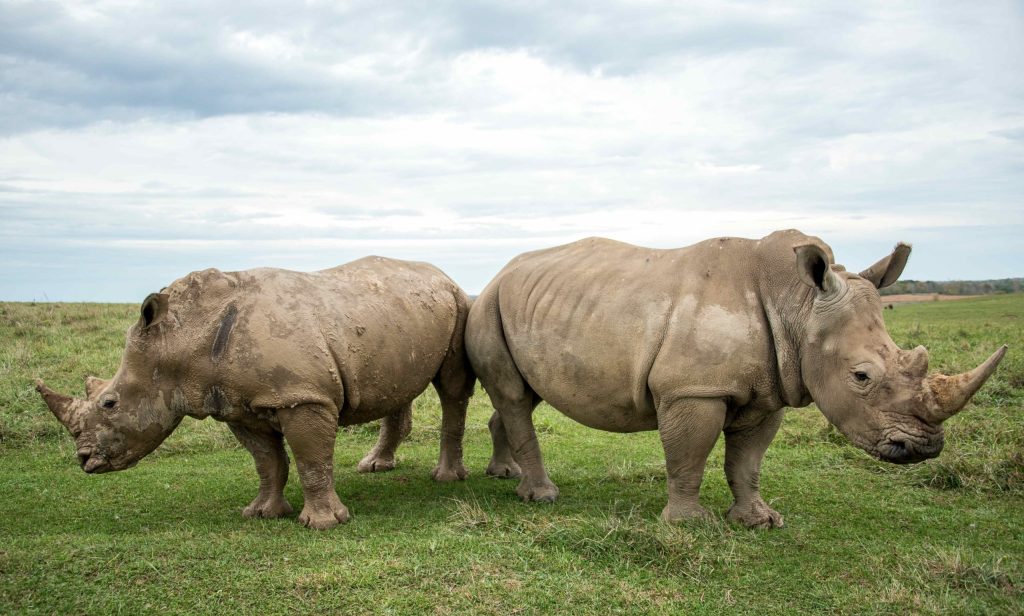
What are the Stages of Pregnancy in Rhinos?
Rhino pregnancies, while not staged as precisely recorded-mostly due to the limited opportunities available for observation-fall roughly into phases of development similar to other mammals. The development is progressive, with key changes that help ensure a strong and healthy calf.
Early Gestation: Immediately following conception, the early gestation stage consists of the very beginning stages of the embryo’s development inside the womb. Considering the size of a rhino, their uteruses and the general reproduction system have become highly specialized for them to be able to take on the slow development of a fetus with its nutrients and protection.
Mid-Gestation: During this middle phase, the organs, skeletal structure, and muscles of the calf begin to develop, along with an increase in growth rate. The development at this stage sets up the general health of the calf as it prepares for extrauterine life.
Late Gestation: During the last months, a great gain in weight and strength development occurs because it is preparing for birth. This stage demands more consumption by the mother rhino to ensure that the late-stage fetal growth is accomplished.
What are the Complications Arising During Pregnancy and Special Features.
Carrying a calf for over one and a half years is never easy, and pregnant rhinos have been reported to exhibit some peculiar behaviors, which cause a change in their physical and hormonal balance during gestation. In their advanced stages of pregnancy, the females would show reduced mobility, prefer secluded areas, and be more discriminative with food for better health.
The physical changes may also render the rhino vulnerable and, hence, affect their social behavior. For instance, pregnant rhinos may become more solitary or display some aggressiveness, considering the protection of their calf’s safety than social interactions. It is particularly true for species such as the White rhino, pregnant females of which move away from their herds so as to avoid resource competition.
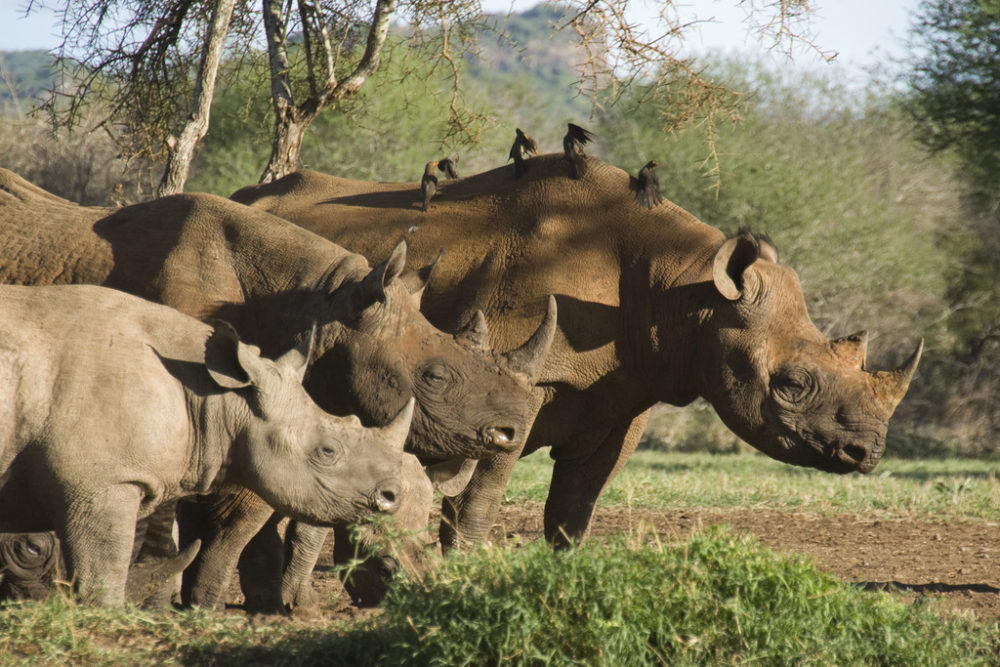
Birthing And Early Calf Development
When the time does come, births among rhinos are generally quiet and private. Females look for solitude, and if possible, areas that have more vegetation to obscure visibility and vulnerability to predators.
After birth, the instinctive calf gets up within an hour and starts nursing. The first few hours are very critical since the calf gets colostrum, a nutritional milk full of antibodies that help give a boost to the immune system of the calf.
They spend the next couple of years inseparable, for the calf requires her mother for food, protection, and learning survival skills. This bonding period is actually very important in building the resilience of the calf as they eventually learn how to navigate the challenges of the wild independently.
Conservation and the Impact of Gestation on Rhino Populations
This prolonged gestation and rearing period means that each female can have only one calf every 3-5 years. One of the major reasons, if not the biggest, that the rhino populations do not recover well from poaching and habitat loss is the slow rate of reproduction. In critically endangered species such as Javan and Sumatran rhinos, each pregnancy symbolizes hope for the future but at the same time makes the species vulnerable because each calf plays an important role in their survival.
The conservation organizations and reserves have gone to the extent of offering pregnant rhinos and their calves a threat-free environment from poaching. Others closely monitor the pregnancies, often minimizing disturbance in late-stage pregnancies to ensure the best outcomes for mother and calf.

Our Best Safaris to See Rhinos in Africa.
22 Days Best of Uganda Wilderness Adventure
18 Day Exploring Uganda Safari
15 Day Gorillas-Chimps and Big Five Safari
14 Days Uganda and Kenya Wildlife Safari
14 Day Uganda-Rwanda Wildlife and Primates Safari
10 Day Highlights of Uganda Safari
9 Day Kenya Wild Safari Adventure
8 Day Gorillas-Chimps and Big Five Experience
8 Day Best of Tanzania Wildlife Safari
7 Day Kenya Wildlife Safari Tour
3 Day Best of Akagera National Park
3 Day Ngorongoro Magical Adventure
Remarks on the Gestation Period of a Rhino.
What an amazing period of gestation the rhino has, from strength to vulnerability in such a fragile balance. Every single rhino calf born creates a much brighter ray of hope for the survival of their species. All this starts to make sense when one understands this entire life process and the protection surrounding rhino reproduction-that is a big step toward making sure future generations can continue to see the strength, graces, and wonder of these gentle giants.
Visiting a sanctuary like Zziwa Rhino Sanctuary is one of those great opportunities to see these incredible animals up close and give support for the protection of rhinos for those who seek to witness these animals in person and learn about the conservation of them.

